Alternative names Soybean paste | ||
 | ||
Similar Miso soup, Ramen, Soy sauce, Dashi, Tofu | ||
How to make miso paste at home
Miso (みそ or 味噌) is a traditional Japanese seasoning produced by fermenting soybeans with salt and koji (the fungus Aspergillus oryzae) and sometimes rice, barley, or other ingredients. The result is a thick paste used for sauces and spreads, pickling vegetables or meats, and mixing with dashi soup stock to serve as miso soup called misoshiru (味噌汁), a Japanese culinary staple. High in protein and rich in vitamins and minerals, miso played an important nutritional role in feudal Japan. Miso is still widely used in Japan, both in traditional and modern cooking, and has been gaining worldwide interest.
Contents
- How to make miso paste at home
- Miso take me official video
- History
- Flavor
- Ingredients
- Types
- Fermentation
- Creating koji
- Storage and preparation
- Usage
- Nutrition and health
- References
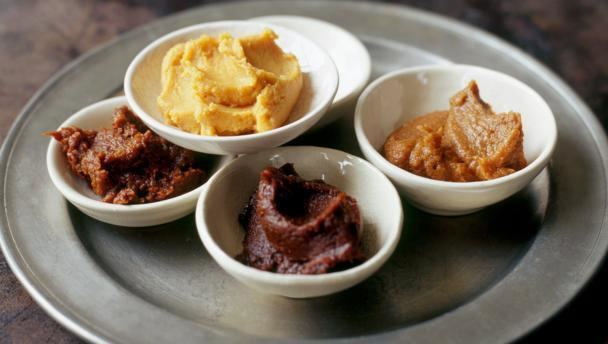
Typically, miso is salty, but its flavor and aroma depend on various factors in the ingredients and fermentation process. Different varieties of miso have been described as salty, sweet, earthy, fruity, and savory. The traditional Chinese analogue of miso is known as dòujiàng.
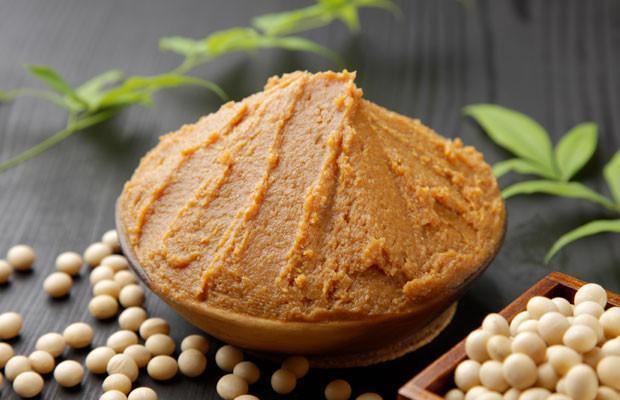
Miso take me official video
History
The origin of the miso of Japan is not completely clear.
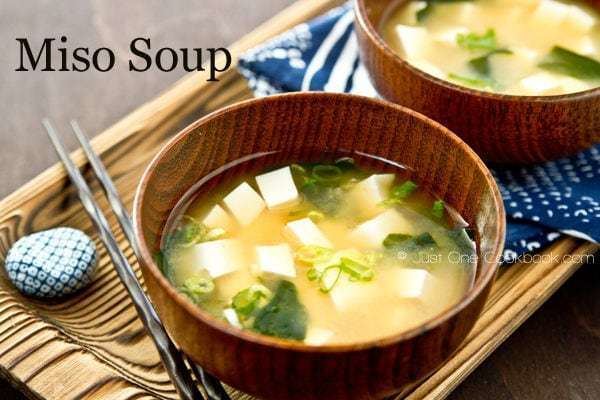
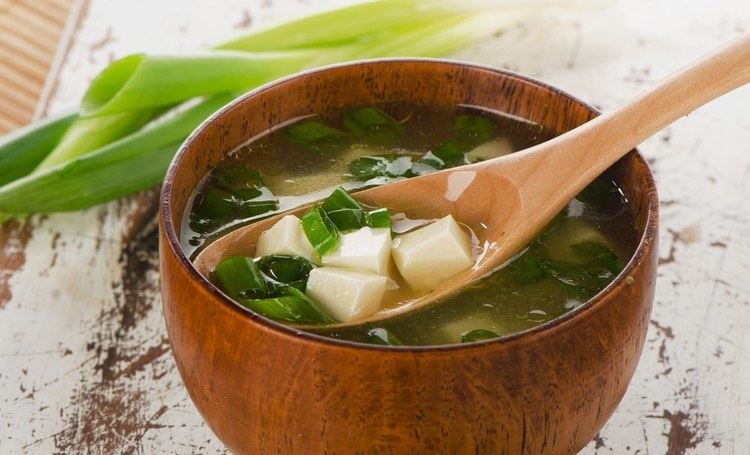
In the Kamakura era (1192–1333), a common meal was made up of a bowl of rice, some dried fish, a serving of miso, and a fresh vegetable. Until the Muromachi era (1337 to 1573), miso was made without grinding the soybeans, somewhat like nattō. In the Muromachi era, Buddhist monks discovered that soybeans could be ground into a paste, spawning new cooking methods using miso to flavor other foods. In medieval times, the word temaemiso, meaning home-made miso, appeared. Miso production is a relatively simple process, so home-made versions spread throughout Japan. Miso was used as military provisions during the Sengoku era and making miso was an important economic activity for daimyōs of that era.
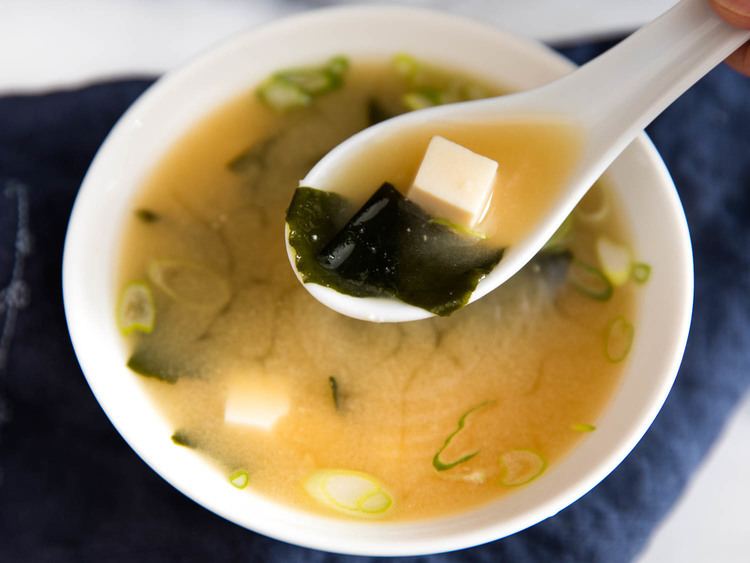
During the Edo period (1603–1868), miso was also called hishio (醤) and kuki (豆支) and various types of miso that fit with each local climate and culture emerged throughout Japan.

These days, miso is produced industrially in large quantities and traditional home-made miso has become a rarity. In recent years, many new types of miso have appeared. For example, ones with added soup stocks or calcium, or reduced salt for health, among other varieties, are available.
Flavor
The taste, aroma, texture, and appearance of miso all vary by region and season. Other important variables that contribute to the flavor of a particular miso include temperature, duration of fermentation, salt content, variety of kōji, and fermenting vessel. The most common flavor categories of miso are:
Although white and red (shiromiso and akamiso) are the most common types of misos available, different varieties may be preferred in particular regions of Japan. In the eastern Kantō region that includes Tokyo, the darker brownish akamiso is popular while in the western Kansai region encompassing Osaka, Kyoto, and Kobe the lighter shiromiso is preferred.
Ingredients
The ingredients used to produce miso may include any mix of soybeans, barley, rice, buckwheat, millet, rye, wheat, hemp seed, and cycad, among others. Lately, producers in other countries have also begun selling miso made from chickpeas, corn, azuki beans, amaranth, and quinoa. Fermentation time ranges from as little as five days to several years. The wide variety of Japanese miso is difficult to classify, but is commonly done by grain type, color, taste, and background.
Many regions have their own specific variation on the miso standard. For example, the soybeans used in Sendai miso are much more coarsely mashed than in normal soy miso.
Miso made with rice such as shinshu and shiro are called kome miso.
Types
Types of miso are divided by their main ingredients.
Fermentation
Miso's unique properties and flavour profile can be attributed to the compounds produced through the fermentation process. Miso, depending on the variety, consists of a starter culture called koji, soybeans, and usually a grain (either rice, barley, or rye). The miso goes through a two step process; first creating the koji, and second the koji is combined with the other components and the mixture is left to be enzymatic digested, fermented and aged.
Creating koji
Koji is produced by introducing the mould, Aspergillus oryzae onto steamed brown rice. This mould culture comes from dried A. oryzae spores called 'tane-koji' or 'starter koji' and is isolated from plant matter (usually rice) and cultivated. In the past, the natural presence of A. oryzae spores was relied upon to create koji, but because of the difficulty of producing the culture, tane-koji is added almost exclusively in both industrial and traditional production of miso. Tane-koji is produced much in the same way as koji, but also has a small portion of wood ash added to the mixture which gives important nutrients to the fungus as well as promotes sporulation.
A. oryzae is an aerobic fungus and is the most active fermenting agents in Koji as it produces amylolytic, and proteolytic enzymes which are essential to creating the final miso product. Amyloytic enzymes such as amylase aid in the breakdown of starch in the grains to sugar and dextrin, while proteolytic enzymes such as protease catalyze the breakdown of proteins into smaller peptides or amino acids. These both aid in the enzymatic digestion of the mixture of rice and soybeans. Depending on the strain of A. oryzae, enzymatic composition varies thereby changing the characteristics of the final miso product. For example, the strain used to create the sweeter white miso would likely produce a higher content of amylolytic enzymes, while comparatively a soybean miso might have a higher content of proteolytic enzyme.
To create optimal conditions for enzymatic production and the growth of A. oryzae, the koji's environment must be carefully regulated. Temperature, humidity and oxygen content, are all important factors in not only maximizing mould growth and enzyme production, but to prevent other harmful bacteria from producing. Once the koji has reached a desirable flavour profile it is usually mixed with salt to prevent further fermentation.
Although other strains of fungi have been used to produce Koji, A. oryzae does not produce aflatoxin (a highly toxic and carcinogenic mycotoxin); this coupled with its other properties make it most desirable to isolate.
Storage and preparation
Miso typically comes as a paste in a sealed container requiring refrigeration after opening. Natural miso is a living food containing many beneficial microorganisms such as Tetragenococcus halophilus which can be killed by overcooking. For this reason, the miso should be added to soups or other foods being prepared just before they are removed from the heat. Using miso without any cooking may be even better. Outside Japan, a popular practice is to only add miso to foods that have cooled to preserve kōjikin cultures in miso. Nonetheless, miso and soy foods play a large role in the Japanese diet, and many cooked miso dishes are popular.
Usage
Miso is a part of many Japanese-style meals. It most commonly appears as the main ingredient of miso soup, which is eaten daily by much of the Japanese population. The pairing of plain rice and miso soup is considered a fundamental unit of Japanese cuisine. This pairing is the basis of a traditional Japanese breakfast.
Miso is used in many other types of soup and soup-like dishes, including some kinds of ramen, udon, nabe, and imoni. Generally, such dishes have the title miso prefixed to their name (for example, miso-udon), and have a heavier, earthier flavor and aroma compared to other Japanese soups that are not miso-based.
Many traditional confections use a sweet, thick miso glaze, such as mochidango. Miso-glazed treats are strongly associated with Japanese festivals, although they are available year-round at supermarkets. The consistency of miso glaze ranges from thick and taffy-like to thin and drippy.
Soy miso is used to make a type of pickle called misozuke. These pickles are typically made from cucumber, daikon, Nappa cabbage, or eggplant, and are sweeter and less salty than the standard Japanese salt pickle.
Other foods with miso as an ingredient include:
Nutrition and health
Claims that miso is high in vitamin B12 have been contradicted in some studies.
Some experts suggest that miso is a source of Lactobacillus acidophilus. Miso is relatively high in salt which can contribute to increased blood pressure in the small percentage of the population with sodium-sensitive prehypertension or hypertension.
